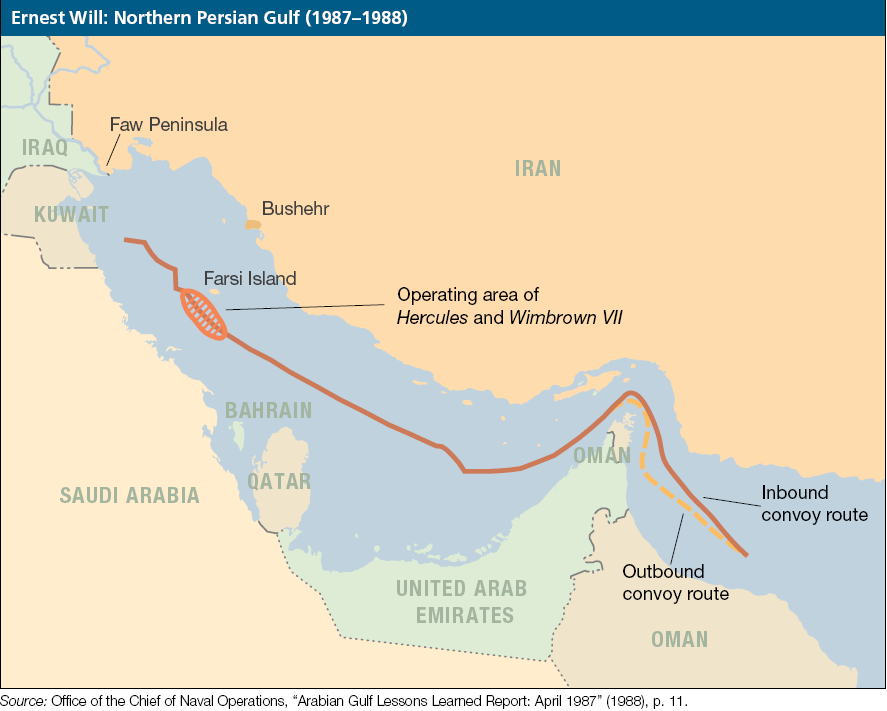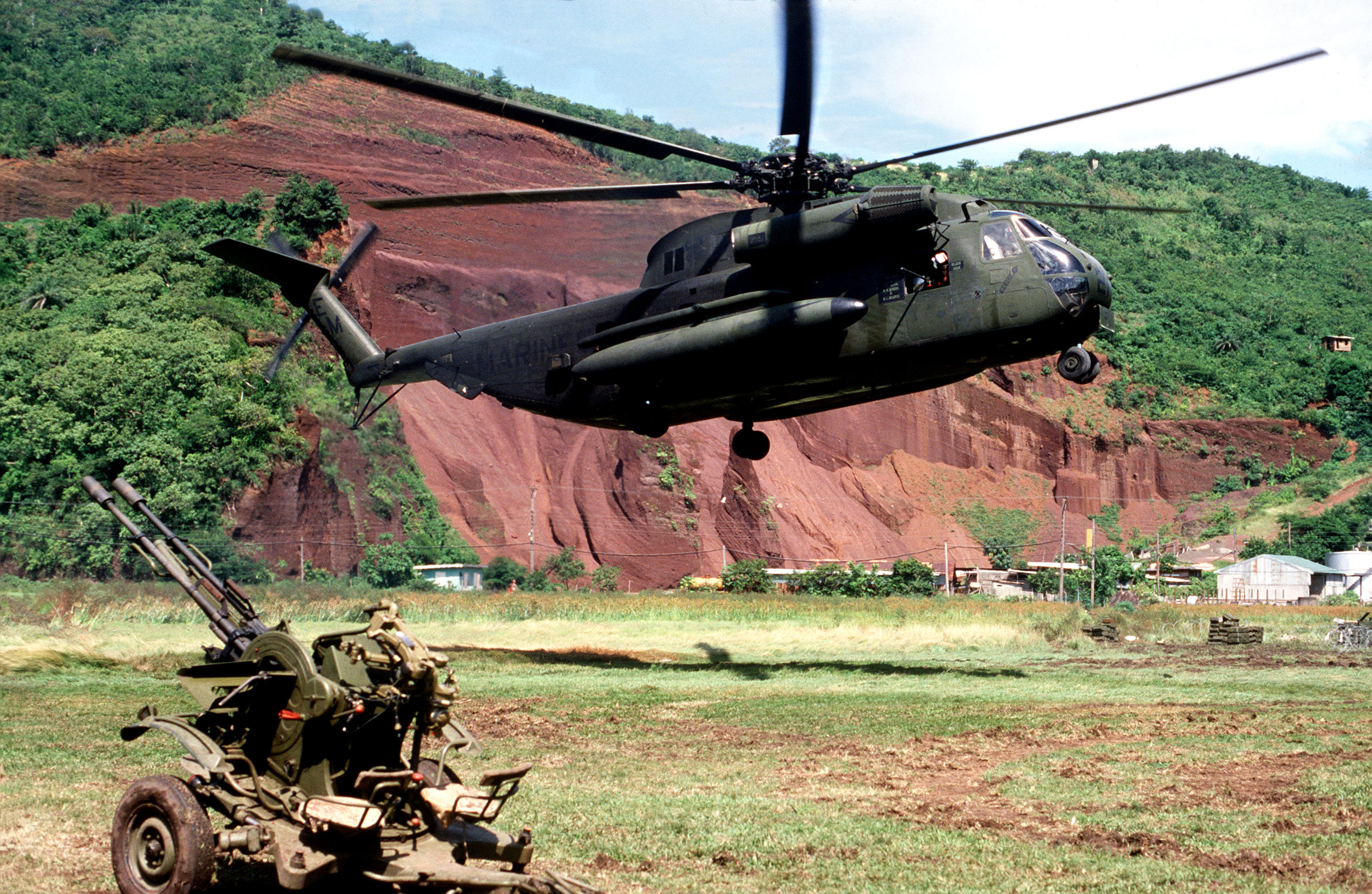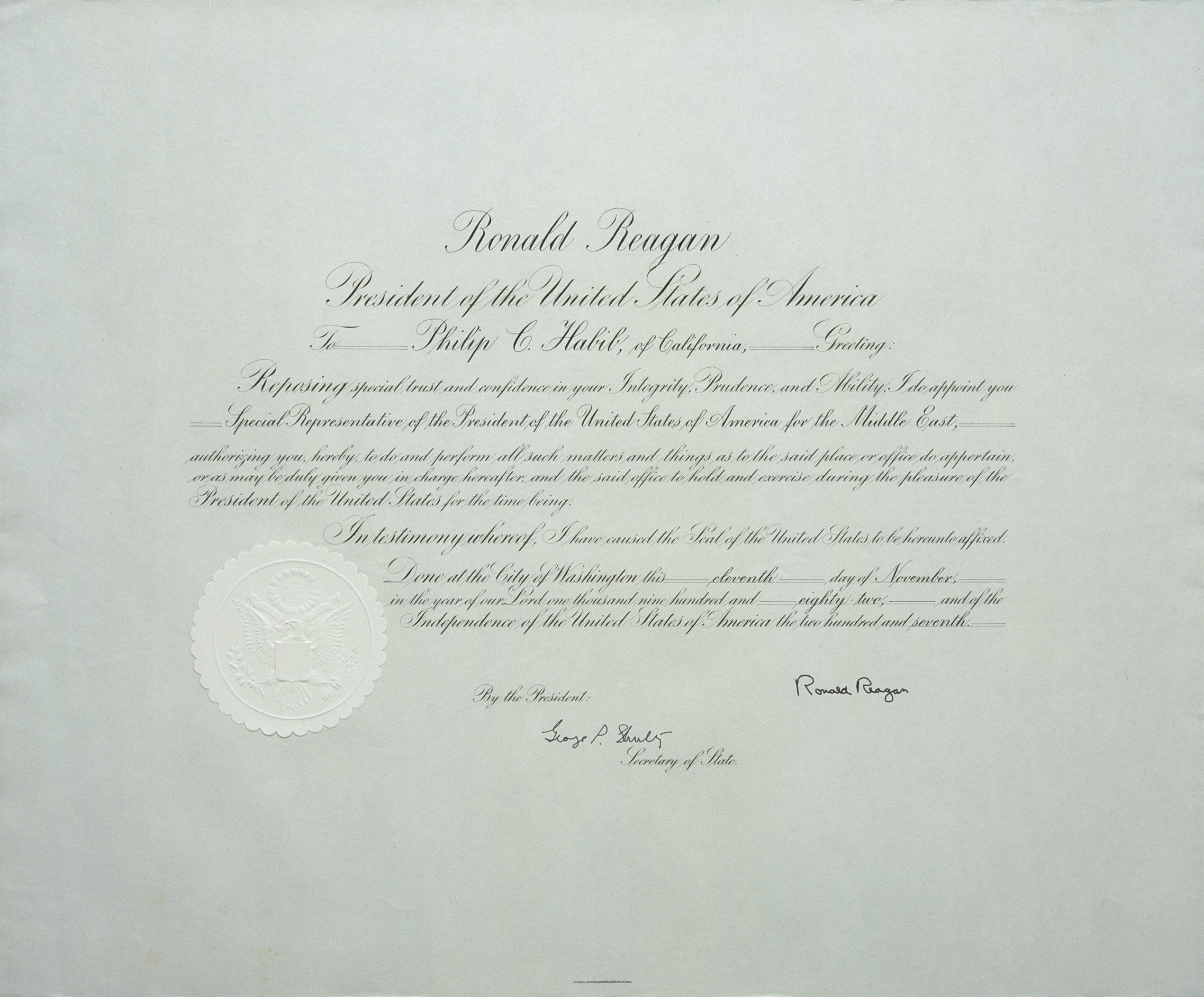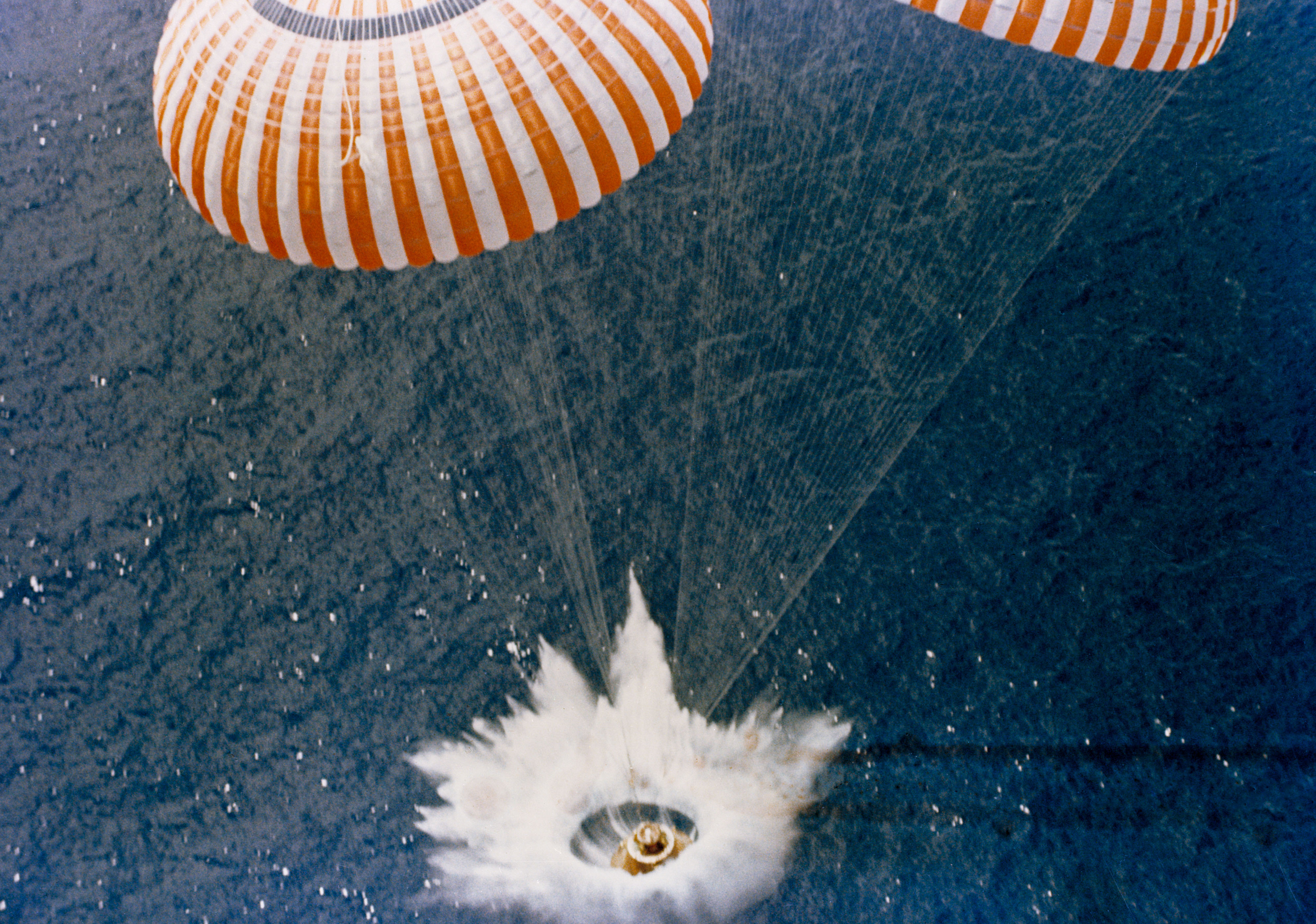|
Iwo Jima-class Amphibious Assault Ship
The ''Iwo Jima''-class amphibious assault ships of the United States Navy were the first amphibious assault ships designed and built as dedicated helicopter carriers, capable of operating up to 20 helicopters to carry up to 1,800 marines ashore. They were named for battles featuring the United States Marine Corps, starting with the Battle of Iwo Jima. The first ship of the class was commissioned in 1961, and the last was decommissioned in 2002. The hull classification of "LPH" stands for " Landing Platform Helicopter". Operational history Ships of this class participated in several conflicts and peacekeeping and humanitarian relief operations: *Nuclear weapons test support, Johnston Atoll 1962 * Cuban Missile Crisis 1962 *Vietnam War 1963-1973 *Dominican Civil War 1965 * Gemini and Apollo spacecraft recovery 1966-1975 *Iran hostage crisis 1980 *Multinational Force in Lebanon, 1982-1983 * Operation Urgent Fury, Grenada, 1983 *Operation Earnest Will, Persian Gulf 1987-1988 *Ope ... [...More Info...] [...Related Items...] OR: [Wikipedia] [Google] [Baidu] |
USS Iwo Jima (LPH-2) Aft
Three ships of the United States Navy have been named USS ''Iwo Jima'', in memory of the Battle of Iwo Jima. * was to be a , but construction was canceled in August 1945 and scrapped 1949. * was the lead ship of the s, she served from 1961 to 1993. Scrapped 1995. * is a . She was commissioned into active service in 2001 and is still in service today. {{DEFAULTSORT:Iwo Jima, Uss United States Navy ship names ... [...More Info...] [...Related Items...] OR: [Wikipedia] [Google] [Baidu] |
United States Marine Corps
The United States Marine Corps (USMC), also referred to as the United States Marines, is the maritime land force service branch of the United States Armed Forces responsible for conducting expeditionary and amphibious operations through combined arms, implementing its own infantry, artillery, aerial, and special operations forces. The U.S. Marine Corps is one of the eight uniformed services of the United States. The Marine Corps has been part of the U.S. Department of the Navy since 30 June 1834 with its sister service, the United States Navy. The USMC operates installations on land and aboard sea-going amphibious warfare ships around the world. Additionally, several of the Marines' tactical aviation squadrons, primarily Marine Fighter Attack squadrons, are also embedded in Navy carrier air wings and operate from the aircraft carriers. The history of the Marine Corps began when two battalions of Continental Marines were formed on 10 November 1775 in Philadelphia as ... [...More Info...] [...Related Items...] OR: [Wikipedia] [Google] [Baidu] |
Persian Gulf
The Persian Gulf ( fa, خلیج فارس, translit=xalij-e fârs, lit=Gulf of Persis, Fars, ), sometimes called the ( ar, اَلْخَلِيْجُ ٱلْعَرَبِيُّ, Al-Khalīj al-ˁArabī), is a Mediterranean sea (oceanography), mediterranean sea in Western Asia. The body of water is an extension of the Indian Ocean located between Iran and the Arabian Peninsula.United Nations Group of Experts on Geographical NameWorking Paper No. 61, 23rd Session, Vienna, 28 March – 4 April 2006. accessed October 9, 2010 It is connected to the Gulf of Oman in the east by the Strait of Hormuz. The Shatt al-Arab river delta forms the northwest shoreline. The Persian Gulf has many fishing grounds, extensive reefs (mostly rocky, but also Coral reef, coral), and abundant pearl oysters, however its ecology has been damaged by industrialization and oil spills. The Persian Gulf is in the Persian Gulf Basin, which is of Cenozoic origin and related to the subduction of the Arabian Plate u ... [...More Info...] [...Related Items...] OR: [Wikipedia] [Google] [Baidu] |
Operation Earnest Will
Operation Earnest Will (24 July 1987 – 26 September 1988) was the American military protection of Kuwaiti-owned tankers from Iranian attacks in 1987 and 1988, three years into the Tanker War phase of the Iran–Iraq War. It was the largest naval convoy operation since World War II. The U.S. Navy warships that escorted the tankers, part of U.S. Naval Forces Central Command, were the operations' most visible part, but U.S. Air Force AWACS radar planes provided surveillance and U.S. Army special-operations helicopters hunted for possible attackers. Other U.S. Navy vessels participated in Operation Earnest Will. They were then under the command of the U.S. Navy's Seventh Fleet which had primary responsibility for combat operations in the Persian Gulf. The numerous ships used in Operation Earnest Will mostly consisted of Carrier Battle Groups, Surface Action Groups and ships from the Pacific's Third and Seventh Fleets and the Mediterranean-based Sixth Fleet. They generally operat ... [...More Info...] [...Related Items...] OR: [Wikipedia] [Google] [Baidu] |
Grenada
Grenada ( ; Grenadian Creole French: ) is an island country in the West Indies in the Caribbean Sea at the southern end of the Grenadines island chain. Grenada consists of the island of Grenada itself, two smaller islands, Carriacou and Petite Martinique, and several small islands which lie to the north of the main island and are a part of the Grenadines. It is located northwest of Trinidad and Tobago, northeast of Venezuela and southwest of Saint Vincent and the Grenadines. Its size is , and it had an estimated population of 112,523 in July 2020. Its capital is St. George's. Grenada is also known as the "Island of Spice" due to its production of nutmeg and mace crops. Before the arrival of Europeans in the Americas, Grenada was inhabited by the indigenous peoples from South America. Christopher Columbus sighted Grenada in 1498 during his third voyage to the Americas. Following several unsuccessful attempts by Europeans to colonise the island due to resistance from res ... [...More Info...] [...Related Items...] OR: [Wikipedia] [Google] [Baidu] |
Operation Urgent Fury
The United States invasion of Grenada began at dawn on 25 October 1983. The United States and a coalition of six Caribbean nations invaded the island nation of Grenada, north of Venezuela. Codenamed Operation Urgent Fury by the U.S. military, it resulted in military occupation within a few days. It was triggered by the strife within the People's Revolutionary Government which resulted in the house arrest and execution of the previous leader and second Prime Minister of Grenada Maurice Bishop, and the establishment of the Revolutionary Military Council with Hudson Austin as Chairman. The invasion resulted in the appointment of an interim government, followed by elections in 1984. Grenada had gained independence from the United Kingdom in 1974. The allegedly communist New Jewel Movement seized power in a coup in 1979 under Maurice Bishop, suspending the constitution and detaining several political prisoners. In September 1983, an internal power struggle began over Bishop's lea ... [...More Info...] [...Related Items...] OR: [Wikipedia] [Google] [Baidu] |
Multinational Force In Lebanon
The Multinational Force in Lebanon (MNF) was an international peacekeeping force created in August 1982 following a 1981 U.S.-brokered ceasefire between the Palestine Liberation Organization (PLO) and Israel to end their involvement in the conflict between Lebanon's pro-government and pro-Syrian factions. The ceasefire held until June 3, 1982 when the Abu Nidal Organization attempted to assassinate Shlomo Argov, Israel's ambassador to London. Israel blamed the PLO and three days later invaded Lebanon. West Beirut was besieged for seven weeks before the PLO acceded to a new agreement for their withdrawal. The agreement provided for the deployment of a Multinational Force to assist the Lebanese Armed Forces in evacuating the PLO, Syrian forces and other foreign combatants involved in Lebanon's civil war. The four-nation MNF was created as an interposition force meant to oversee the peaceful withdrawal of the PLO. The participants included the U.S. Multinational Force (USMNF), whi ... [...More Info...] [...Related Items...] OR: [Wikipedia] [Google] [Baidu] |
Iran Hostage Crisis
On November 4, 1979, 52 United States diplomats and citizens were held hostage after a group of militarized Iranian college students belonging to the Muslim Student Followers of the Imam's Line, who supported the Iranian Revolution, took over the U.S. Embassy in Tehran and took them as hostages. A diplomatic standoff ensued. The hostages were held for 444 days, being released on January 20, 1981. Western media described the crisis as an "entanglement" of "vengeance and mutual incomprehension." U.S. President Jimmy Carter called the hostage-taking an act of "blackmail" and the hostages "victims of terrorism and anarchy." In Iran, it was widely seen as an act against the U.S. and its influence in Iran, including its perceived attempts to undermine the Iranian Revolution and its longstanding support of the shah of Iran, Mohammad Reza Pahlavi, who was overthrown in 1979. After Shah Pahlavi was overthrown, he was admitted to the U.S. for cancer treatment. Iran demanded his return in ... [...More Info...] [...Related Items...] OR: [Wikipedia] [Google] [Baidu] |
Splashdown
Splashdown is the method of landing a spacecraft by parachute in a body of water. It was used by crewed American space capsules prior to the Space Shuttle program, by SpaceX Dragon and Dragon 2 capsules and by NASA's Orion Multipurpose Crew Vehicle. It is also possible for the Russian Soyuz spacecraft to land in water, though this is only a contingency. The only example of an unintentional crewed splashdown in Soviet history is the Soyuz 23 landing. As the name suggests, the capsule parachutes into an ocean or other large body of water. The properties of water cushion the spacecraft enough that there is no need for a braking rocket to slow the final descent as is the case with Russian and Chinese crewed space capsules (while Shenzhou designed a raft and balanced capsule in case of splashdown), which return to Earth over land. The American practice came in part because American launch sites are on the coastline and launch primarily over water. Russian launch sites are far i ... [...More Info...] [...Related Items...] OR: [Wikipedia] [Google] [Baidu] |
Dominican Civil War
The Dominican Civil War (), also known as the April Revolution (), took place between April 24, 1965, and September 3, 1965, in Santo Domingo, Dominican Republic. It started when civilian and military supporters of the overthrown democratically-elected president Juan Bosch ousted the militarily-installed president Donald Reid Cabral from office. The second coup prompted General Elías Wessin y Wessin to organize elements of the military loyal to President Reid ("loyalists"), initiating an armed campaign against the "constitutionalist" rebels. In riposte, the dissidents passed out Cristóbal carbines and machine guns to several thousand civilian sympathizers and adherents. Allegations of foreign communist support for the rebels led to a United States intervention in the conflict (codenamed Operation Power Pack), which later transformed into an Organization of American States occupation of the country by the Inter-American Peace Force. Elections were held in 1966, in the after ... [...More Info...] [...Related Items...] OR: [Wikipedia] [Google] [Baidu] |
Vietnam War
The Vietnam War (also known by #Names, other names) was a conflict in Vietnam, Laos, and Cambodia from 1 November 1955 to the fall of Saigon on 30 April 1975. It was the second of the Indochina Wars and was officially fought between North Vietnam and South Vietnam. The north was supported by the Soviet Union, China, and other communist states, while the south was United States in the Vietnam War, supported by the United States and other anti-communism, anti-communist Free World Military Forces, allies. The war is widely considered to be a Cold War-era proxy war. It lasted almost 20 years, with direct U.S. involvement ending in 1973. The conflict also spilled over into neighboring states, exacerbating the Laotian Civil War and the Cambodian Civil War, which ended with all three countries becoming communist states by 1975. After the French 1954 Geneva Conference, military withdrawal from Indochina in 1954 – following their defeat in the First Indochina War – the Viet Minh to ... [...More Info...] [...Related Items...] OR: [Wikipedia] [Google] [Baidu] |
Cuban Missile Crisis
The Cuban Missile Crisis, also known as the October Crisis (of 1962) ( es, Crisis de Octubre) in Cuba, the Caribbean Crisis () in Russia, or the Missile Scare, was a 35-day (16 October – 20 November 1962) confrontation between the United States and the Soviet Union, which escalated into an international crisis when American deployments of missiles in Italy and Turkey were matched by Soviet deployments of similar ballistic missiles in Cuba. Despite the short time frame, the Cuban Missile Crisis remains a defining moment in national security and nuclear war preparation. The confrontation is often considered the closest the Cold War came to escalating into a full-scale nuclear war. In response to the presence of American Jupiter ballistic missiles in Italy and Turkey, the failed Bay of Pigs Invasion of 1961, and Soviet fears of a Cuban drift towards China, Soviet First Secretary Nikita Khrushchev agreed to Cuba's request to place nuclear missiles on the island to deter a ... [...More Info...] [...Related Items...] OR: [Wikipedia] [Google] [Baidu] |







.jpg)
